| Umělec magazine 2004/4 >> Vasil Artamonov | List of all editions. | ||||||||||||
|
|||||||||||||
Vasil ArtamonovUmělec magazine 2004/401.04.2004 Jiří Ptáček | new faces | en cs |
|||||||||||||
|
Vasil Artamonov was born in 1980 not far from Moscow. When he was ten, his family moved to Czechoslovakia. Since that time he has not returned to Andrejevka, the town of his childhood. Since he has become a conceptually minded artist, he decided to make this break a central theme in his work.
Artamonov‘s methods could best be described as reconstructions of remembered realities in art media format. In drawings and paintings he has tried many times to recall the Russian apartment or the things which attracted his attention when he was a child. The results are incomplete and very unclear. Sometimes the motifs are repeated in different forms because the memories have already blurred. Nowadays Artamonov is interested in the subjective relation of urbanism and architecture. He found a map of Andrejevka on the Internet and found out that many elements of the build-up area didn’t correspond with his memories. He couldn’t recognize buildings, roads, bus stops. That is why he removed all the things he didn’t remember from the second “artist’s” map. A map is usually a thorough transcription of things in space: from a concrete perspective and on a concrete scale. Artamonov confronted the use of the representation of things on maps with a child’s experience of “perspective” and “scale.” Hodné zapamatování (Worth Remembering) is a significance which we can only grasp with time. Much later on we discover what influenced us more and what less and what not at all. These mental models are unique to Artamonov’s creation. Since many elements have been added to the map since Artamonov’s departure to Czechoslovakia, his attempt to catch a glimpse of his own identity via memory is again without guarantee, because any objective guarantee is denied to human memory. This same map was the starting point for a series of black, gray and white geometric pictures. The figures in the pictures copy the plans of the buildings which the artist has linked to his childhood memories. Artamonov has chosen them because of the contradiction between the factual appearance, dissimilar memory and the task of personal participation in grasping the world. The project 13 metrů k absolutnímu prvenství (13 meters to absolute primacy) has a different character. It is a couple of vertical monochromes—gray and black, slightly different in dimensions. The ratio of the sides and the area of both pictures come out of the ratio of the height to the base of two TV towers: Ostrankinski’s TV tower in Moscow and the CN Tower in Toronto. Until 1971 the Soviet transmitter was the highest in the world. The CN Tower at 553 meters surpassed it four years later by exactly 13 meters. In hiding all important contexts in an ineloquent monochrome form, Artamonov gets down to some kind of dry artistic humor. At the same time, with the undisputed urgency of the absurd, he comments on the ideological fight of powers played out via architecture. Artamonov studies at the Academy of Art, Architecture and Design in Prague, at Jiří David’s studio. Mental methods of memory, themes of identity and actualization of the legacy of Russian conceptualism have already elevated him to the position of being a unique representative of the young Czech generation. www.artamonov.wz.cz
01.04.2004
Recommended articles
|
|||||||||||||
|
04.02.2020 10:17
Letošní 50. ročník Art Basel přilákal celkem 93 000 návštěvníků a sběratelů z 80 zemí světa. 290 prémiových galerií představilo umělecká díla od počátku 20. století až po současnost. Hlavní sektor přehlídky, tradičně v prvním patře výstavního prostoru, představil 232 předních galerií z celého světa nabízející umění nejvyšší kvality. Veletrh ukázal vzestupný trend prodeje prostřednictvím galerií jak soukromým sbírkám, tak i institucím. Kromě hlavního veletrhu stály za návštěvu i ty přidružené: Volta, Liste a Photo Basel, k tomu doprovodné programy a výstavy v místních institucích, které kvalitou daleko přesahují hranice města tj. Kunsthalle Basel, Kunstmuseum, Tinguely muzeum nebo Fondation Beyeler.
|







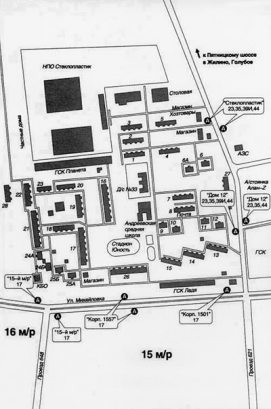














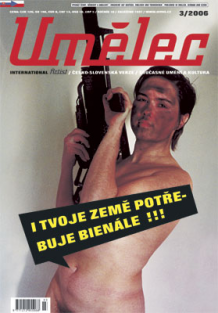




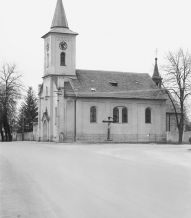
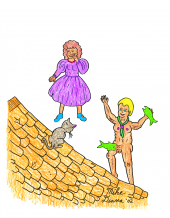
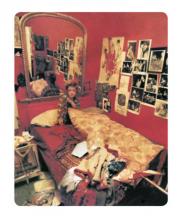
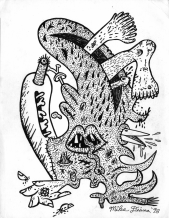


 We Are Rising National Gallery For You! Go to Kyjov by Krásná Lípa no.37.
We Are Rising National Gallery For You! Go to Kyjov by Krásná Lípa no.37.
Comments
There are currently no comments.Add new comment